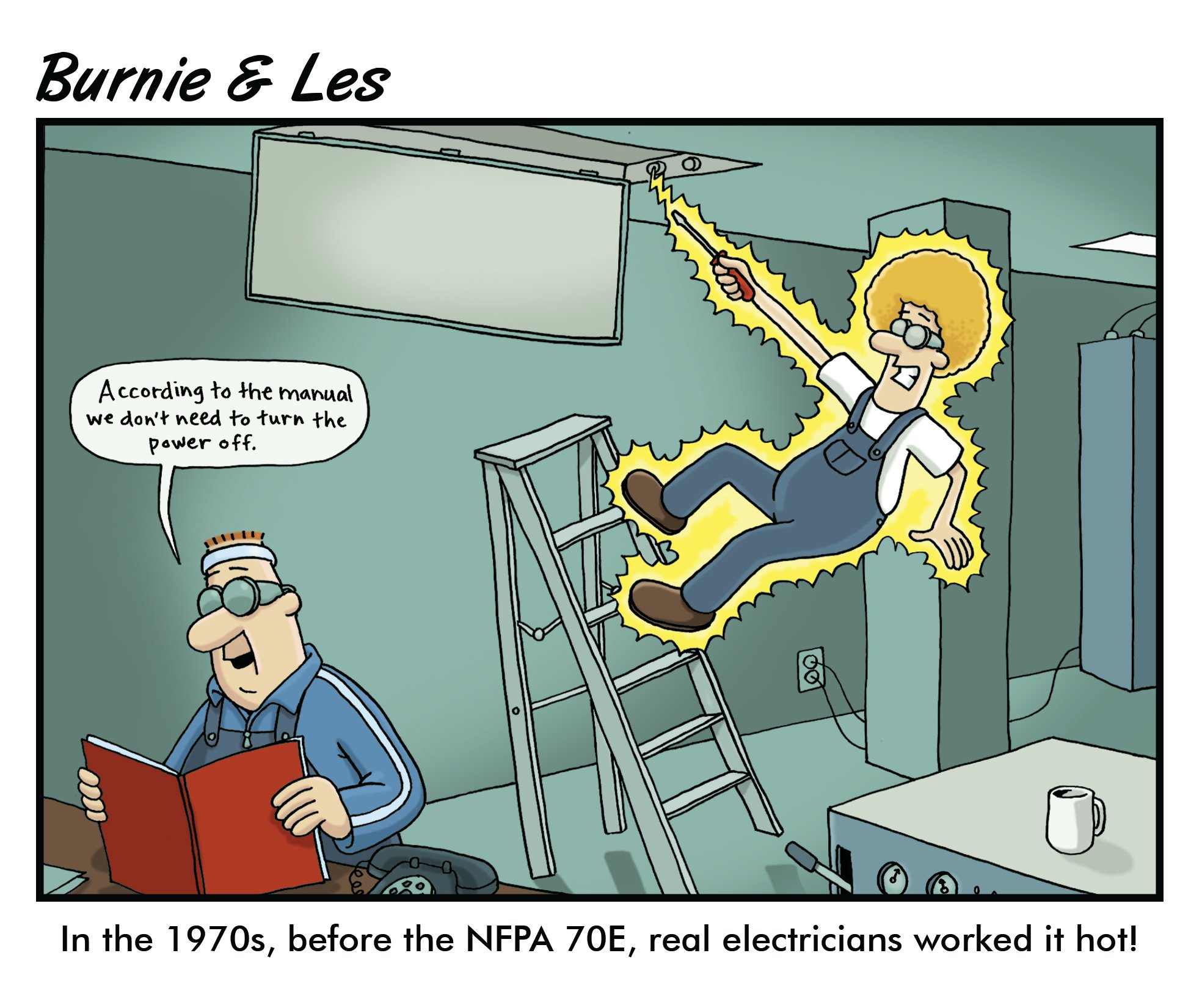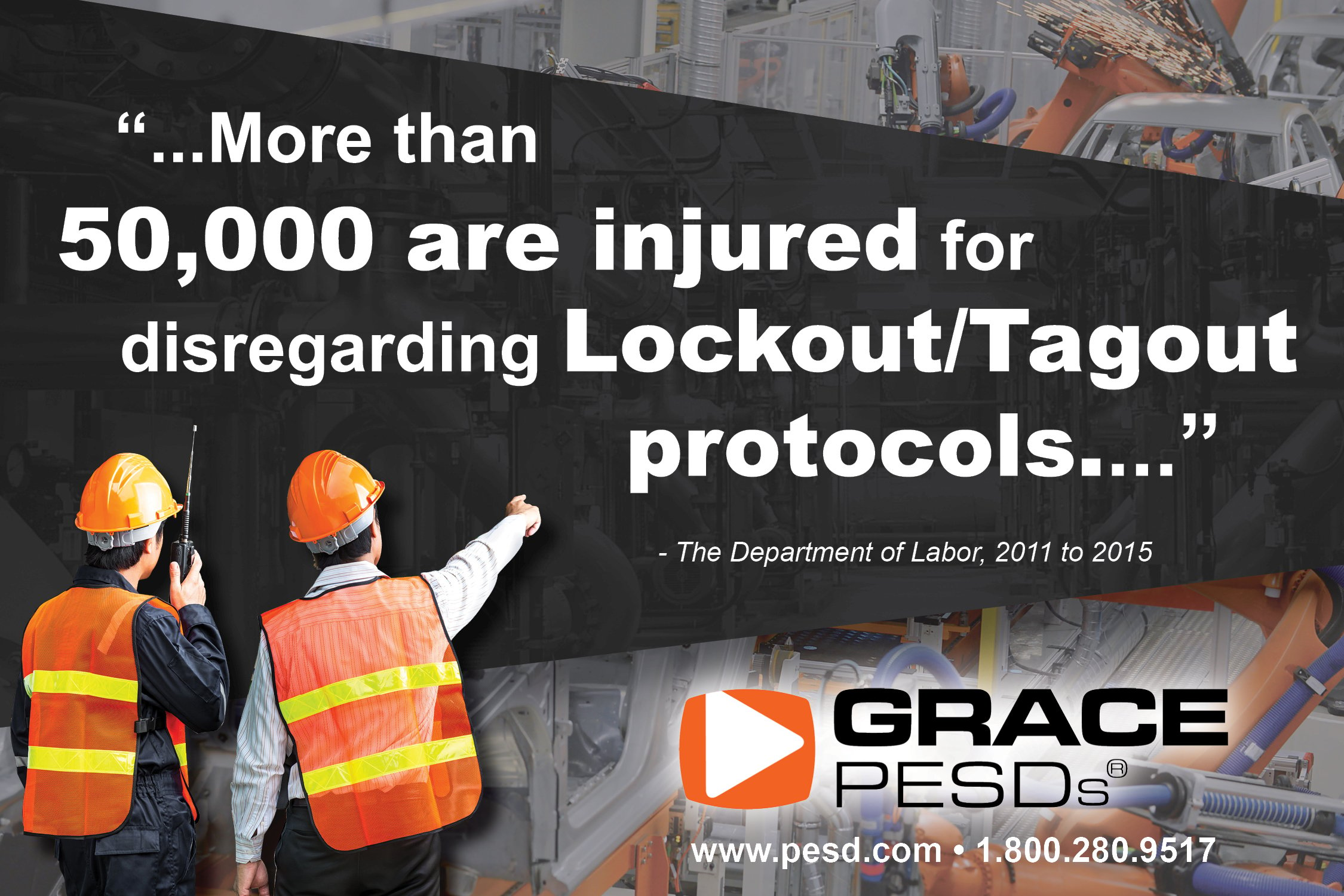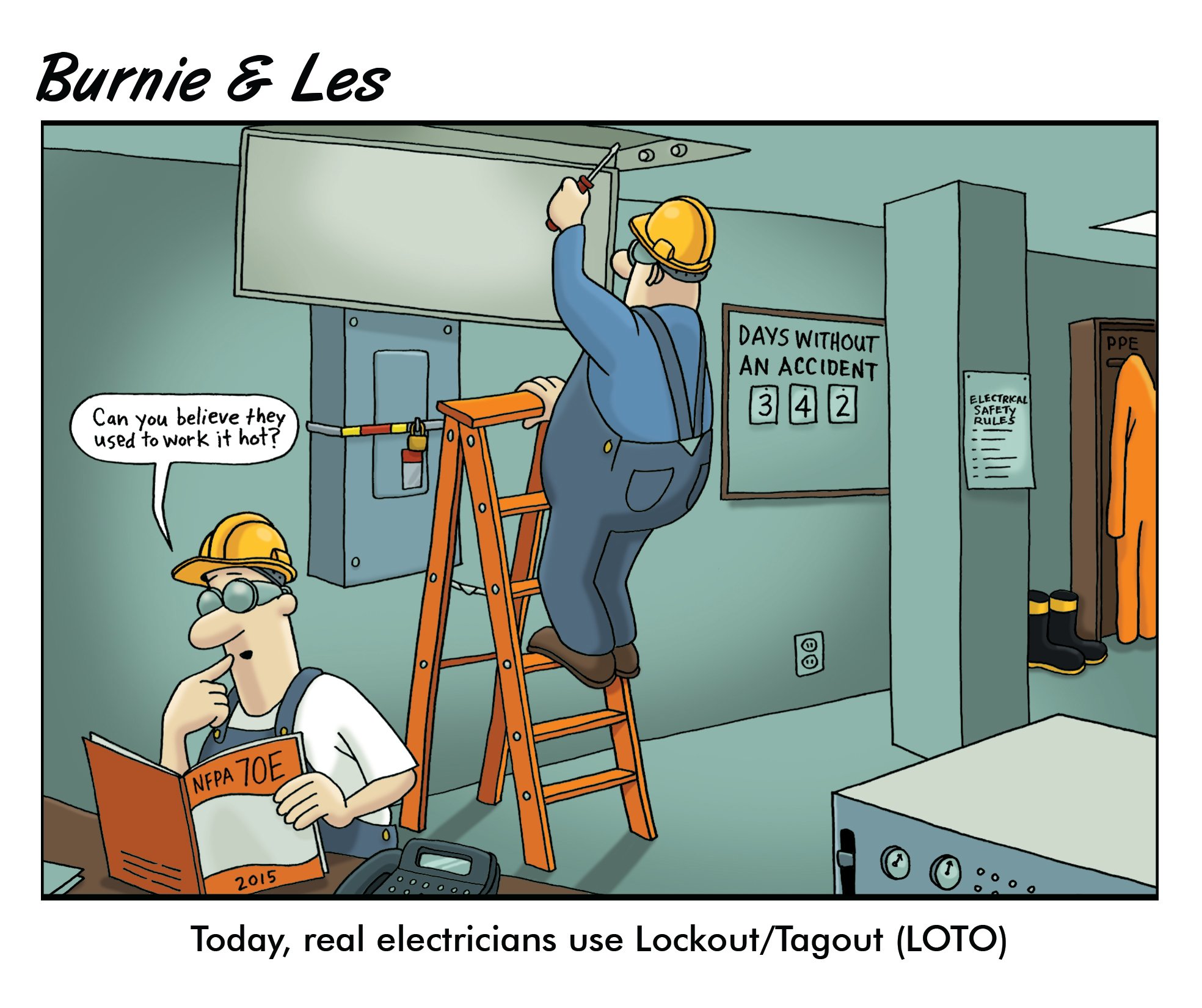
 In our upcoming webinar, Terry Becker, P.Eng., CESCP, & IEEE Member, will help you answer the question: Is Your Electrical Safety Program Compliant? Most employers may not have Electrical Safety Programs developed or if they have the Electrical Safety Program may not be compliant. Be sure to register for our upcoming webinar focusing on presenting information to answer questions and provide guidance.
In our upcoming webinar, Terry Becker, P.Eng., CESCP, & IEEE Member, will help you answer the question: Is Your Electrical Safety Program Compliant? Most employers may not have Electrical Safety Programs developed or if they have the Electrical Safety Program may not be compliant. Be sure to register for our upcoming webinar focusing on presenting information to answer questions and provide guidance.
Terry Becker has over decades years of experience as an Electrical Engineer, with 12 years devoted explicitly to electrical safety. Terry is the First Past Vice-Chair of the CSA Z462 Workplace electrical safety Standard, a founding Voting Member since 2006. Terry is also a founding member and Voting Member of the CSA Z463 Maintenance of electrical systems Standard. Terry is a Voting Member of the IEEE 1584 Guide for Performing Arc-Flash Hazard Calculations Technical Committee. Terry has provided electrical safety consulting and arc flash and shock training across Canada in all industry sectors.
In this week's blog, we're sharing some high-level methods to improve Electrical Safety Programs for those required to maintain or participate in an Electrical Safety Program within your organization. Whether you're new to the program or a seasoned veteran, the times change along with innovation and ingenuity. These factors provide a tremendous opportunity to enhance your program. The end result for any relaxed and passive Electrical Safety Program is complacency, where things start to slip through the cracks. Over time, the cracks get larger, and any risk of an incident along with them. Without proper maintenance and guidance, this is inevitable. Complacency is a management system problem and therefore, management must step up to manage it. To avoid complacency, you must ensure a robust culture of safety within your organization.
The end result for any relaxed and passive Electrical Safety Program is complacency, where things start to slip through the cracks. Over time, the cracks get larger, and any risk of an incident along with them. Without proper maintenance and guidance, this is inevitable. Complacency is a management system problem and therefore, management must step up to manage it. To avoid complacency, you must ensure a robust culture of safety within your organization.
This is established by who you hire, who you fire, who you promote, and how the organization manages the safety process. Is safety a value to your organization or an obligation? Cultivating an effective safety culture starts with this question. If it's a value of the organization versus an obligation, safety becomes seamless within this type of properly maintained culture.
Work and safety can't be differentiated from one another as they are inherently integrated together. The core value of safety within an organization should be obvious from the first-line supervisor all the way up to the CEO. If a company is just following rules and regulations out of obligation, it may be a management problem that needs to have light shed in the dark places. Once these blind spots are revealed and your company places a tremendous value on its safety culture, your crew will be among the best and safest in the industry.
For some, safety culture may simply mean whether or not your organization follows the rules and regulations. The type of culture we're talking about depends on how well they train and communicate, not whether or not they do not at all.

When it comes to OSHA and Lockout/Tagout (LOTO), the code recognizes two categories of people that need training: Authorized & Affected Employees. Under the training mandated to companies by OSHA, “Each authorized employee shall receive training in the recognition of applicable hazardous energy sources, the type and magnitude of the energy available in the workplace, and the methods and means necessary for energy isolation and control. Each affected employee shall be instructed in the purpose and use of the energy control procedure.”
While OSHA requires that all authorized and affected employees receive periodic training, the implemented training program at any organization can be customized to meet precise needs. However, companies training their employees to meet the minimum compliance standards does not result in achieving maximum safety and productivity. This impact is only achieved by going beyond what you feel obligated to do and continuously looking for new and more effective methods to protect your people. Now that you’ve outlined and defined your procedure, trained and retrained your employees, and equipped them with what they need to get the job done safely and efficiently; what's next? Not only do employees come and go, but so do your equipment and the skillsets of the employee if the task is not performed on a regular basis. Annual auditing is a key component of maintaining your LOTO program with the highest regard for safety and productivity.
Now that you’ve outlined and defined your procedure, trained and retrained your employees, and equipped them with what they need to get the job done safely and efficiently; what's next? Not only do employees come and go, but so do your equipment and the skillsets of the employee if the task is not performed on a regular basis. Annual auditing is a key component of maintaining your LOTO program with the highest regard for safety and productivity.
Periodic inspections/audits will help companies maintain the established procedures to minimize risk along with maintaining compliance and ultimately protecting the investment of the safety program. The purpose of an annual audit is to verify all required procedures are in place, accurate, effective, and optimized to the ideal lockout process. Inspecting each employee on the proper lockout process and retraining employees is vital in order to achieve effective execution of the program.
Once periodic inspections and audits are in place, you have to know what type of maintenance strategy you'll want to deploy. When it comes to value versus obligation, a company that greatly values its safety culture and the program should have an asset list that defines the maintenance strategy by safety and criticality of service, including what specific tests you want to perform on a regular basis.

Electrical safety goes beyond legislation and compliance. An environment that is highly productive and efficient is a culture where employees are safe, secure, and cared for. According to the U.S. Department of Labor, a safe and healthy workplace not only protects workers from injury and illness, but it can also lower injury/illness costs, reduce absenteeism and turnover, increases productivity and quality, and raise employee morale. OSHA’s Office of Regulatory Analysis states that “for every $1 invested in safety and health programs, companies can expect a return of $4-$6 dollars.” In other words, safety is not just good practice; it's good for business.

 While we're on the topic of Electrical Safety, Safety, did you know voltages operating below 50 Volts do not require guarding against accidental contact which is required by OSHA under 29 CFR 1910.303(g)(2) (i)? USB-C components remove the need for GFCI-protected outlets on the door.
While we're on the topic of Electrical Safety, Safety, did you know voltages operating below 50 Volts do not require guarding against accidental contact which is required by OSHA under 29 CFR 1910.303(g)(2) (i)? USB-C components remove the need for GFCI-protected outlets on the door.
Check out our NEW USB Charging Station component options and request a FREE sample today! The USB Charging Station just got a low profile upgrade with our newly designed C2 component. The standard C1 component includes a USB-A and these components can all be configured with additional GracePort power options, housing, and components.


October 10-12 | New Orleans, LA | Booth #6346
Tap into the power of your community to transform the future of water. There is no better place than WEFTEC to meet water professionals from around the world and experience first-hand the best in water quality education, leading experts, the latest technology and trends, and proven solutions. Create connections and transform tomorrow at WEFTEC 2022.

